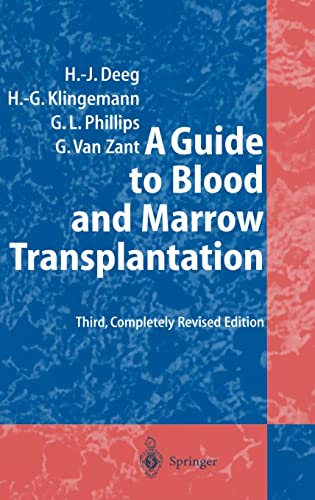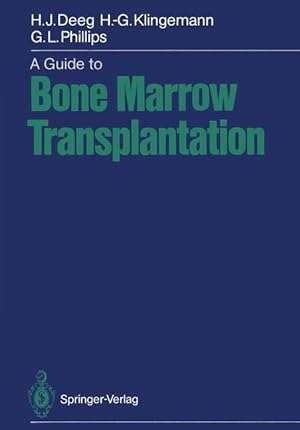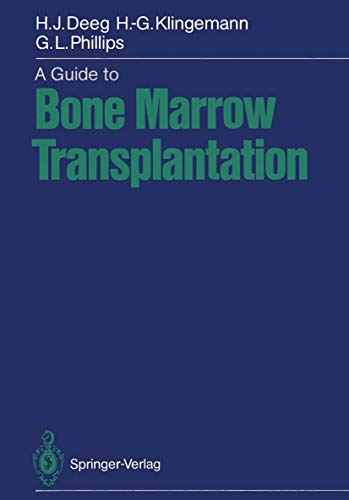deeg hans joachim (7 Ergebnisse)
Suchfilter
Produktart
- Alle Product Types
- Bücher (7)
- Magazine & Zeitschriften (Keine weiteren Ergebnisse entsprechen dieser Verfeinerung)
- Comics (Keine weiteren Ergebnisse entsprechen dieser Verfeinerung)
- Noten (Keine weiteren Ergebnisse entsprechen dieser Verfeinerung)
- Kunst, Grafik & Poster (Keine weiteren Ergebnisse entsprechen dieser Verfeinerung)
- Fotografien (Keine weiteren Ergebnisse entsprechen dieser Verfeinerung)
- Karten (Keine weiteren Ergebnisse entsprechen dieser Verfeinerung)
- Manuskripte & Papierantiquitäten (Keine weiteren Ergebnisse entsprechen dieser Verfeinerung)
Zustand Mehr dazu
- Neu (7)
- Wie Neu, Sehr Gut oder Gut Bis Sehr Gut (Keine weiteren Ergebnisse entsprechen dieser Verfeinerung)
- Gut oder Befriedigend (Keine weiteren Ergebnisse entsprechen dieser Verfeinerung)
- Ausreichend oder Schlecht (Keine weiteren Ergebnisse entsprechen dieser Verfeinerung)
- Wie beschrieben (Keine weiteren Ergebnisse entsprechen dieser Verfeinerung)
Einband
Weitere Eigenschaften
- Erstausgabe (Keine weiteren Ergebnisse entsprechen dieser Verfeinerung)
- Signiert (Keine weiteren Ergebnisse entsprechen dieser Verfeinerung)
- Schutzumschlag (Keine weiteren Ergebnisse entsprechen dieser Verfeinerung)
- Angebotsfoto (4)
Sprache (1)
Preis
- Beliebiger Preis
- Weniger als EUR 20 (Keine weiteren Ergebnisse entsprechen dieser Verfeinerung)
- EUR 20 bis EUR 45
- Mehr als EUR 45
Gratisversand
Land des Verkäufers
Verkäuferbewertung
-
Hardcover. Zustand: New. 3rd. The item is brand new, never used or read. It's in perfect condition and may include supplements and/or access codes or come shrink-wrapped.
-
Zustand: New. This is a Brand-new US Edition. This Item may be shipped from US or any other country as we have multiple locations worldwide.
-
Deeg, H: Guide to Bone Marrow Transplantation
Verlag: Springer Berlin Heidelberg, 2012
ISBN 10: 3642973760 ISBN 13: 9783642973765
Sprache: Englisch
Anbieter: moluna, Greven, Deutschland
EUR 92,27
EUR 48,99 für den Versand von Deutschland nach USAAnzahl: Mehr als 20 verfügbar
In den WarenkorbZustand: New.
-
Deeg, H: Guide to Bone Marrow Transplantation
Verlag: Springer Berlin Heidelberg, 2012
ISBN 10: 3642970796 ISBN 13: 9783642970795
Sprache: Englisch
Anbieter: moluna, Greven, Deutschland
EUR 92,27
EUR 48,99 für den Versand von Deutschland nach USAAnzahl: Mehr als 20 verfügbar
In den WarenkorbZustand: New.
-
A Guide to Bone Marrow Transplantation
Verlag: Springer Berlin Heidelberg, 2012
ISBN 10: 3642970796 ISBN 13: 9783642970795
Sprache: Englisch
Anbieter: Revaluation Books, Exeter, Vereinigtes Königreich
EUR 151,40
EUR 11,31 für den Versand von Vereinigtes Königreich nach USAAnzahl: 2 verfügbar
In den WarenkorbPaperback. Zustand: Brand New. reprint edition. 200 pages. 9.60x5.90x0.50 inches. In Stock.
-
Taschenbuch. Zustand: Neu. A Guide to Bone Marrow Transplantation | Hans-Joachim Deeg (u. a.) | Taschenbuch | Einband - flex.(Paperback) | Englisch | 2012 | Springer | EAN 9783642970795 | Verantwortliche Person für die EU: Lauinger, Sonia, Sonia Lauinger, Lauinger Verlag, Heinrich-Köhler-Platz 8, 76187 Karlsruhe, mail[at]lauinger-verlag[dot]de | Anbieter: preigu.
-
A Guide to Bone Marrow Transplantation
Verlag: Springer Berlin Heidelberg, 2012
ISBN 10: 3642970796 ISBN 13: 9783642970795
Sprache: Englisch
Anbieter: AHA-BUCH GmbH, Einbeck, Deutschland
Taschenbuch. Zustand: Neu. Druck auf Anfrage Neuware - Printed after ordering - In the late 1940s investigators observed that mice given supralethai doses of total body irradiation were protected by infusion of viable spleen or marrow cells following irradiation, and that this was accomplished by hemopoietic reconsti tution with donor cells as proven using genetic markers. If a similar approach could be applied to humans, it should be possible to treat leukemia patients with any dose of chemoradiotherapy as far as nonmarrow toxicity permitted, and then rescue them by marrow transplantation. Early clinical attempts were gen erally unsuccessful, mostly due to a lack of knowledge of histocompatibility antigens and appropriate supportive care. These areas developed rather quickly during the 1960s, and for almost two decades now clinical marrow transplan tation has been carried out with increasing success. After initially using only bone marrow from HLA indentical siblings, the field has expanded rapidly to incorporate HLA nonidentical related donors, and recently even marrow from unrelated volunteer donors. Furthermore, since for numerous patients who oth erwise could benefit from transplantation a donor cannot be identified, there has been a growing interest in using the patient's own (autologous) bone marrow. Our understanding of the principles of transplantation and our knowledge of the potential risks and benefits have quickly grown. At times it is difficult, however, to decide what is the best option for a given patient.







